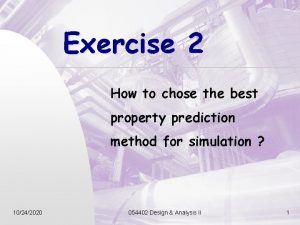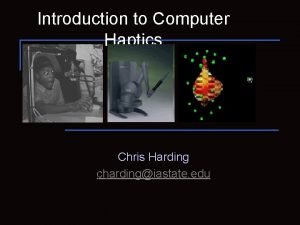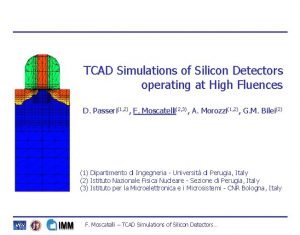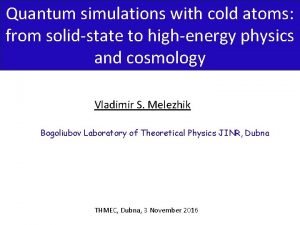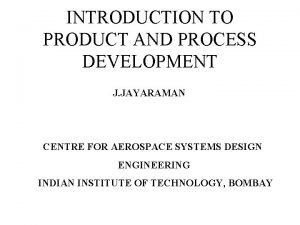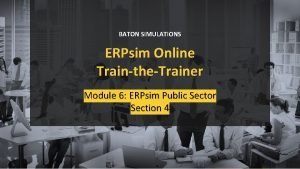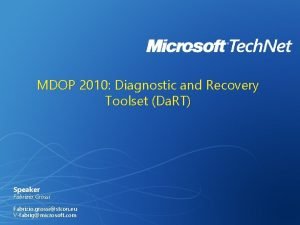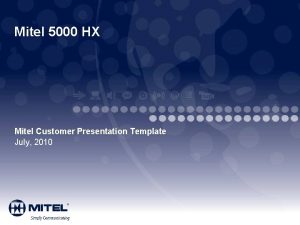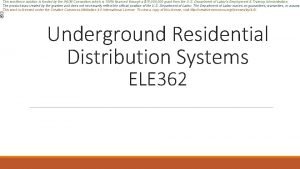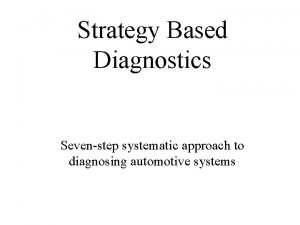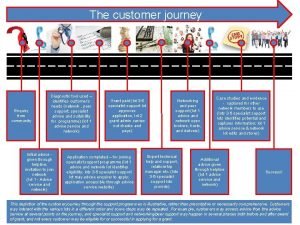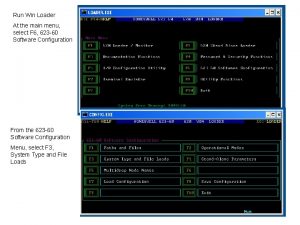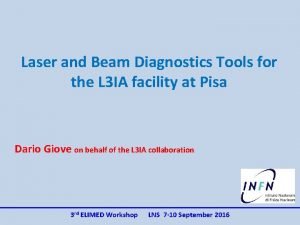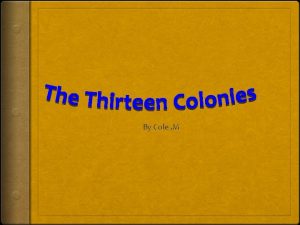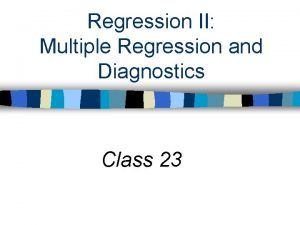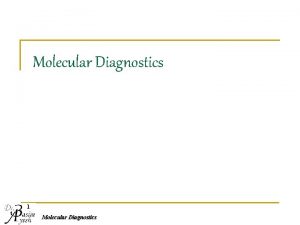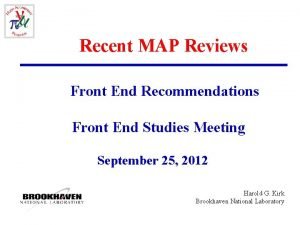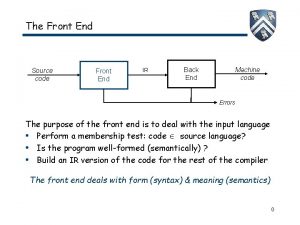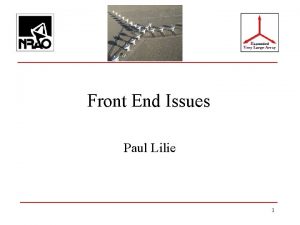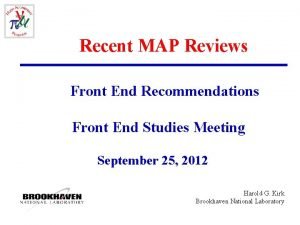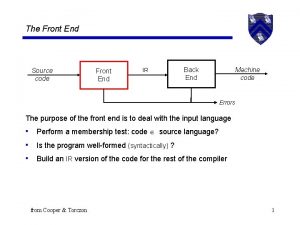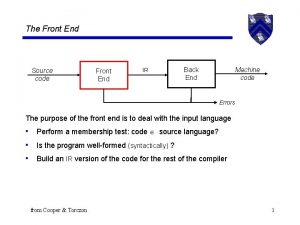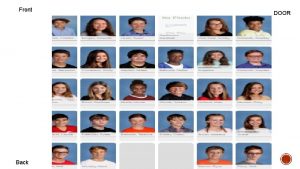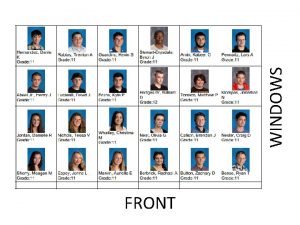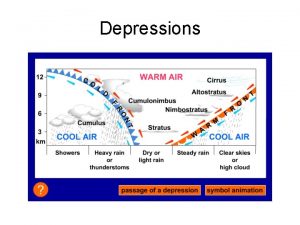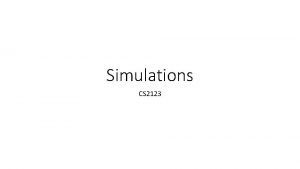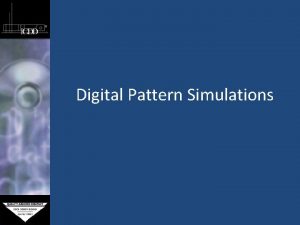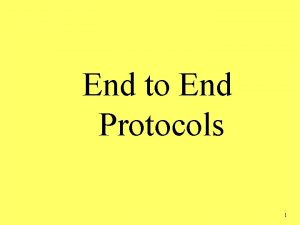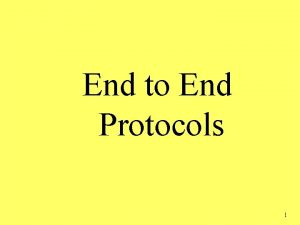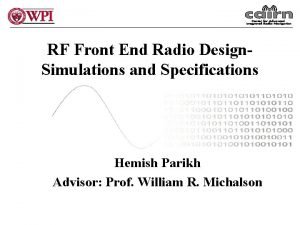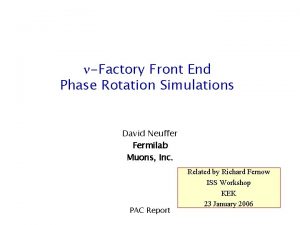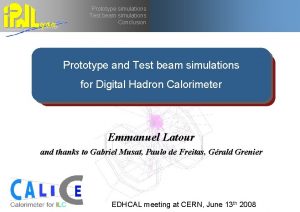Simulations and Diagnostics for the Front End Test





























- Slides: 29

Simulations and Diagnostics for the Front End Test Stand Simon Jolly Imperial College 18 th April 2007

From HPPA’s to FETS (D. Findlay) • • • 18/4/07 New generation of High Power Proton Accelerators (HPPAs) required for: – neutron spallation sources – neutrino factories – Transmutation facilities – Accelerator driven power reactor systems – Tritium production High power is difficult: – Imperative to keep beam losses low (~1 W/m) • ISIS only ~0. 2 MW, but × 2 beam losses would make life very difficult (2– 3 m. Sv annual dose limit) • Need good quality beam – Space charge issues significant • Implies beam chopper necessary even if no rings involved – Need to control transients — RF and target issues • Implies beam chopper very desirable “The Front End Test Stand (FETS) is intended to demonstrate the early stages of acceleration (0 -3 Me. V) and beam chopping required for HPPA’s” 2

FETS Specification (A. Letchford) • • • 60 m. A H- ion source 65 ke. V 3 solenoid magnetic LEBT 324 MHz, 3 Me. V RFQ High speed beam chopper & MEBT Conventional and non-destructive diagnostics • Up to 2 ms pulse length • Up to 50 pps rep. rate • ‘Perfect’ chopping 18/4/07 3

FETS Layout Chopper RFQ FETS main components: • High brightness H- ion source. • Magnetic Low Energy Beam Transport (LEBT). • High current/duty factor Radio Frequency Quadrupole (RFQ). • Very high speed beam chopper. • Comprehensive diagnostics. 18/4/07 4

LEBT Design • Low Energy Beam Transport takes beam from ion source and focuses into RFQ. Design based on ISIS LEBT - three solenoids between drift areas. Optimise design using GPT simulations of beam envelope and profile along LEBT. Solenoids • • d 1 25 cm H– 0. 21 T 30 cm d 2 19 cm 0. 05 T 30 cm d 3 24 cm 0. 25 T 30 cm d 4 15 cm RFQ Drift areas (vacuum) Constraints: • B < 0. 6 T, solenoids long enough to ensure flat axial field (d ≥ 25 cm). • d 1 = 25 cm, d 4 = 15 cm (minimum for vacuum equipment and diagnostics). • Overall length must not be too long (cost). • RFQ acceptance: 2 -3 mm, 50 -60 mrad (from ~20 mm, with x/y = 0. 3 mm-mrad). 18/4/07 5

LEBT Solenoid Focussing Hard focussing • “Hard” focussing leads to large emittance growth. • “Soft” focussing, with 2 strong and 1 weak solenoid, give better results. Soft focussing 18/4/07 6

LEBT Solenoid Focussing (2) • Solenoid focussing solutions very sensitive to input conditions: very little data to go on! • “Optimised” LEBT produces very different results when using real ion source measurements. • Initially only 2 sources of data for GPT beam conditions (which look very different…): – Ion source emittance measurements. – MAFIA simulations of ion source output. • No information on X-Y profile or space charge… 18/4/07 7

LEBT Simulation: Trajectories Beam Z-X trajectories using optimised Weak Focussing Solution, but measured parameters: beam only shrinks from Rmax=25 mm to Rmax=15 mm… 18/4/07 8

Ion Source Emittance Data X Y 18/4/07 • Measured ion source emittance data gives emittance ~600 mm from ion source exit: – Hrms = 0. 92, Vrms = 1. 01 mm mrad. – xrms = 26. 0 mm, x’rms = 32. 0 mrad. – yrms = 24. 6 mm, y’rms = 35. 0 mrad. • MAFIA simulations give emittance at exit of ion source cold box. • Using GPT to try and match one to the other totally hopeless… X Y 9

Space Charge Simulations in GPT • Treat set as mono-energetic 2 D slice at 600 mm, input to GPT and track backwards using 2 D space charge model and levels of space charge compensation. • Try to match X-Y profile at 0 mm to real exit aperture of cold box and results from MAFIA simulations, using different space charge compensation and time-reversed simulation. • Various Space Charge models tested for consistency (2 D and 3 D). 18/4/07 10

Results: Input Data (Emit) Emittance plots for “initial” beam data X 18/4/07 Y 11

Results: Emittance, 10% SC Emittance plots for beam at 0 mm, 10% space charge X 18/4/07 Y 12

Results: Emittance, 30% SC Emittance plots for beam at 0 mm, 30% space charge X 18/4/07 Y 13

Results: Emittance, 50% SC Emittance plots for beam at 0 mm, 50% space charge X 18/4/07 Y 14

The Pepperpot Emittance Scanner • Current Allison-type scanners give high resolution emittance measurements, but at fixed z-position and too far from ion source. • X and Y emittance also uncorrelated, with no idea of x-y profile. • Correlated, 4 -D profile (x, y, x’, y’) required for accurate simulations. • Pepperpot reduces resolution to make correlated 4 -D measurement. • Moving stage allows measurement at different zlocations: space charge information. • Added bonus: make high resolution x-y profile measurements 18/4/07 15

Pepperpot Principle • Beam segmented by Copper tungsten screen. block • Beamlets drift ~10 mm before producing image on quartz screen. - Ion H • Copper block prevents Beam beamlets from overlapping and provides cooling. • CCD camera records image of light spots. Tungsten • Calculate emittance screen from spot distribution. 18/4/07 Quartz screen Fast CCD Camera H- Beamlets 16

Ion Source Development Rig Emittance scanners Ion source test facility vacuum tank 18/4/07 17

Mk. II Pepperpot Design Beam profile head Tungsten mesh Pepperpot head Bellows Shutter Camera Moving rod Vacuum bellows Mounting flange 18/4/07 18

Pepperpot Results Raw data 18/4/07 19

Pepperpot Emittance Plots 18/4/07 20

Scintillator Measurements 5 k. V Ext 5. 5 k. V Ext 6. 5 k. V Ext 7 k. V Ext 8 k. V Ext 9 k. V Ext 11 k. V Ext 18/4/07 21

Conclusions • Particle dynamics simulations extremely sensitive to input conditions. • Pepperpot finally providing necessary information for 4 -D emittance profiles. • Significant aid to ion source development: – Profile measurements. – Multiple emittance measurements. • More results in time for DIPAC’ 07… 18/4/07 22

Relevant Experience • Experience with numerous accelerator simulation codes: MAD, DIMAD, LIAR, Mat. LIAR, Guinea-Pig, GPT (particle dynamics and space charge). • Practical experience with both electron and hadron machines. • Project management for Hilger Crystals: novel xray system for afterglow measurement. • Previous work in Medical Physics (Whittington Hospital). 18/4/07 23

Spare Slides 18/4/07 24

Platform DC Power Supply Platform Ground Pulsed 17 k. V Extract Power Supply Extraction Electrode, Coldbox and Analysing Magnet all Pulsed 18/4/07 35 k. V + Laboratory Ground 18 k. V - + 53. 7 mm Post Extraction Acceleration Gap 35 ke. V H- Beam 25

Scintillator Problems • Pepperpot rapidly became “scintillator destruction rig”. • Scintillator requirements: – Fast (down to 500 ns exposure). – High light output. – Survives beam (<1 micron stopping distance). • High energy density from Bragg peak causes severe damage… • Finally settled on Cedoped quartz. 18/4/07 26

YAG: Ce Spot Intensity P 46 (500 ms exposure) P 43 (10 ms exposure) Ruby (500 ms exposure) YAG: Ce (100 ms exposure) 18/4/07 27

Simulated Beam Profile Image width: 100 mm Camera res. = 49 microns/pixel Angle res. = 4. 88 mrad 18/4/07 28

Simulated Beam: Emittance Plots x = 6. 01 x-x’ y = 6. 51 y-y’ 18/4/07 29
 Front end of a compiler
Front end of a compiler Back end
Back end Don't gamble with physical properties for simulations
Don't gamble with physical properties for simulations Clinical simulations in nursing education
Clinical simulations in nursing education Chris harding simulations
Chris harding simulations Tcad simulations
Tcad simulations World history simulations
World history simulations Simulations for solid state physics
Simulations for solid state physics Payroll card
Payroll card Pinpoint simulations 777
Pinpoint simulations 777 Baton simulations
Baton simulations Front draw
Front draw Erd commander 2010
Erd commander 2010 Mitel presenter
Mitel presenter Dead front vs live front transformer
Dead front vs live front transformer Cover page of school magazine
Cover page of school magazine Gm strategy based diagnostics
Gm strategy based diagnostics Duct diagnostics
Duct diagnostics Customer journey diagnostics
Customer journey diagnostics Loader diagnostics main menu
Loader diagnostics main menu Standard diagnostics korea
Standard diagnostics korea Laser beam diagnostics
Laser beam diagnostics Diagnostics infirmier
Diagnostics infirmier Q
Q Cole diagnostics jobs
Cole diagnostics jobs Spss casewise diagnostics
Spss casewise diagnostics Sensiring
Sensiring Sleep diagnostics butte mt
Sleep diagnostics butte mt Bio synex
Bio synex Prolight diagnostics forum
Prolight diagnostics forum


